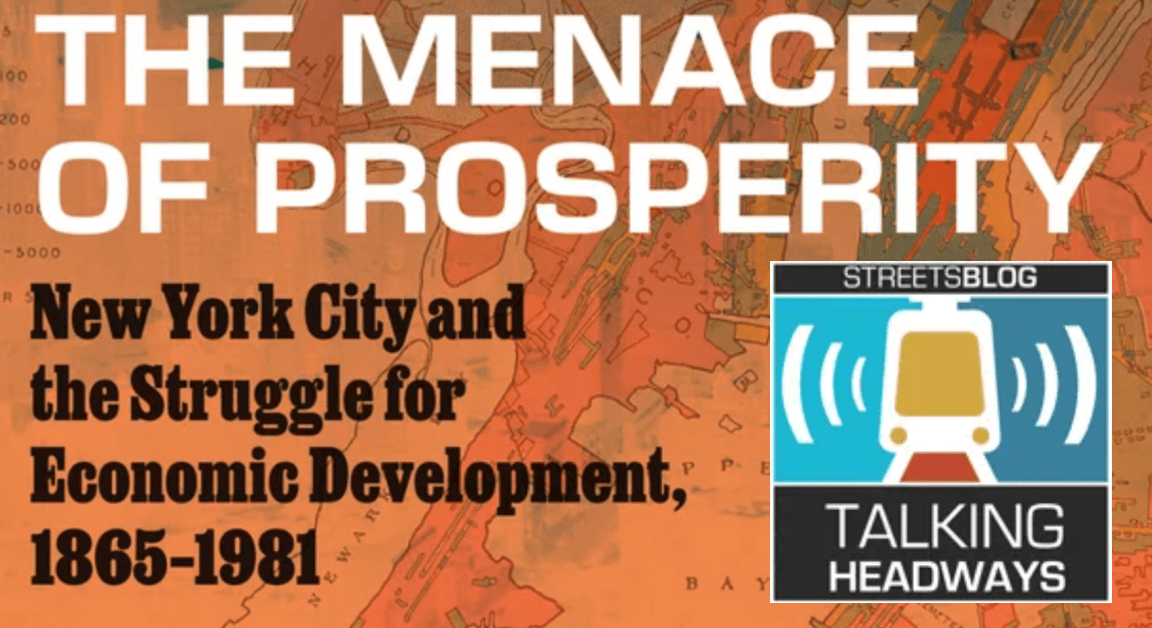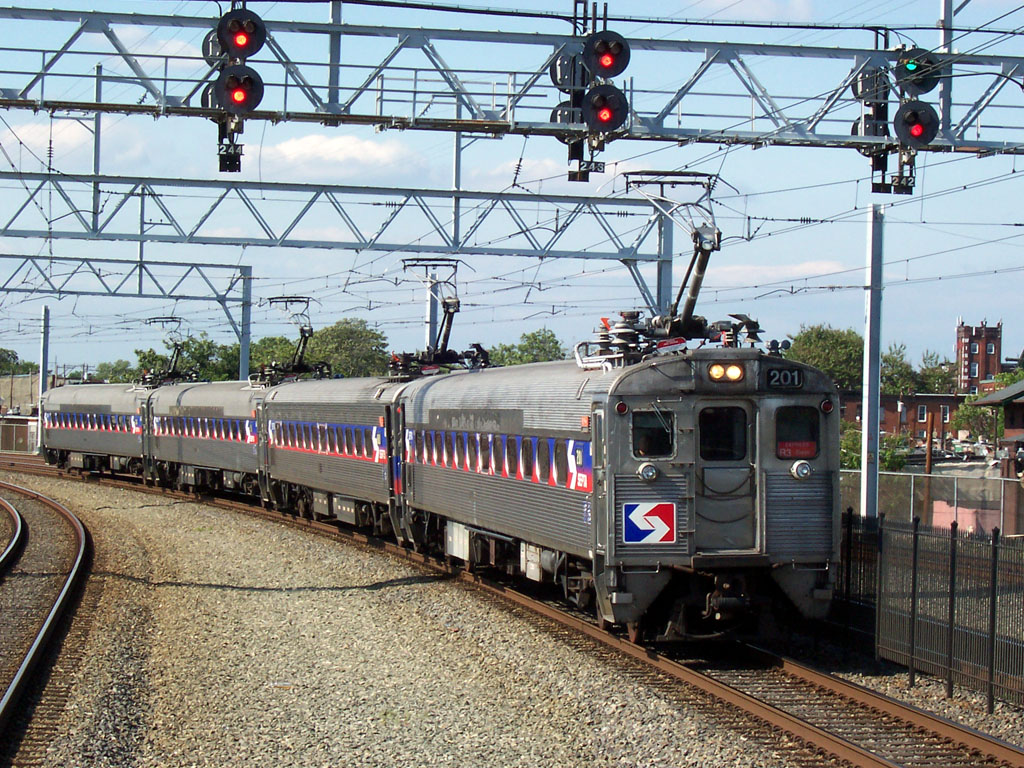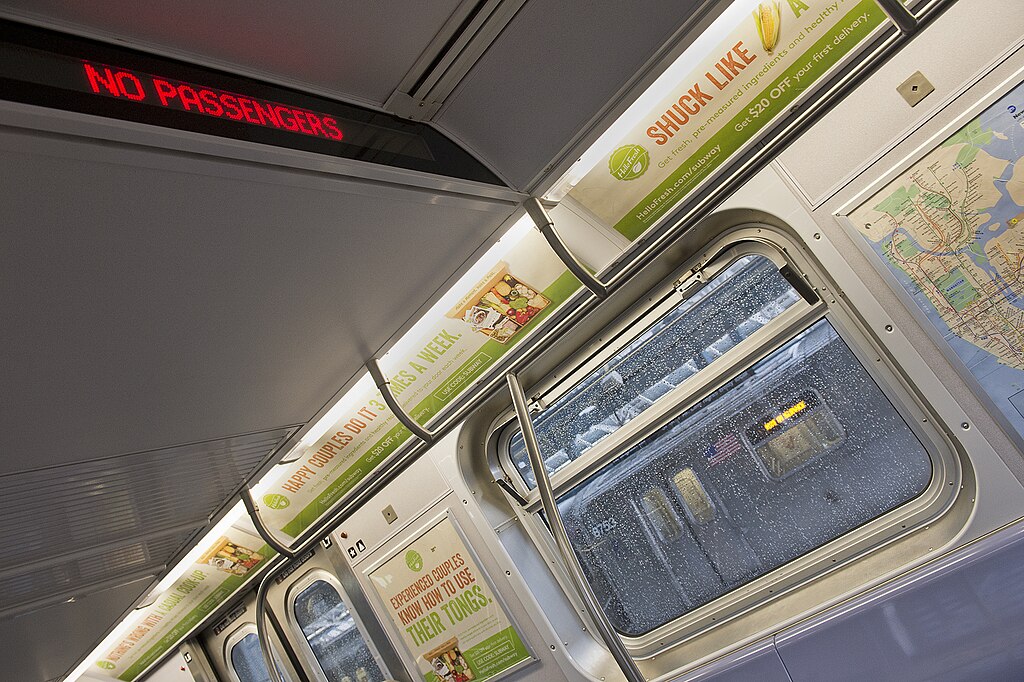Many an urban thinker has pondered how to retrofit the suburbs for an age of energy scarcity. With so much car-oriented development already built, the question often arises: Is sprawl fixable?
In an article recently published on Planetizen, Galina Tachieva made the case for repairing sprawl by filling in large suburban lots with townhouses and other infill development. In response, Jarrett Walker at Network blog Human Transit reminds planners not to overlook an aspect of development the government has more control over: transportation and street design.
In his latest post, Walker describes how municipalities can get a jump on livability by tackling one of the trademarks of suburban America: the commercial arterial street. Because these roads have a tendency to be relatively straight as well as local destination points, they could easily be adapted to suit public transit by carving out space for transit users, pedestrians and cyclists, he says. But it's important to move quickly, because once thoroughfares are congested, it's difficult to find space for alternative modes, even as traffic conditions demand them.
Mostly, we just need to stitch things together so that people can walk and cycle more safely, both to complete local trips and to get to transit stops. It means making sure that at every transit stop, there's a protected way to cross the street, because you can't use transit for a round trip unless you can use stops on both sides of the street. It means adding pedestrian links to cul-de-sac neighborhoods, so that they are through-routes for bicycles and pedestrians while remaining cul-de-sacs for cars. And it means making sure that the design of bus stops and transit priority conveys a clear message that transit riders are valued as citizens, and appreciated for the contribution they make to a sustainable and functional city.
Walker cautions, however, against over-emphasizing accommodations for transit users, to the extent that they undermine the road's current functionality. Furthermore, he adds, less drastic interventions are more practical for wide scale repetition.
Our priority is basic safety, functionality, and civility. We'll incorporate quality design wherever we can do so affordably. But our first focus is on improvements that will scale to the size of the problem. And there's a whole lot of sprawl to repair.
Elsewhere on the Network today: Biking in LA examines the way many drivers absolve themselves of responsibility for the safety of cyclists. The Transport Politic cheers a decision by San Francisco's Muni to scale back the number of its bus stops. And NEOHouston highlights a study that shows cities offer distinct advantages in terms of productivity and innovation, in direct proportion to their population size.






